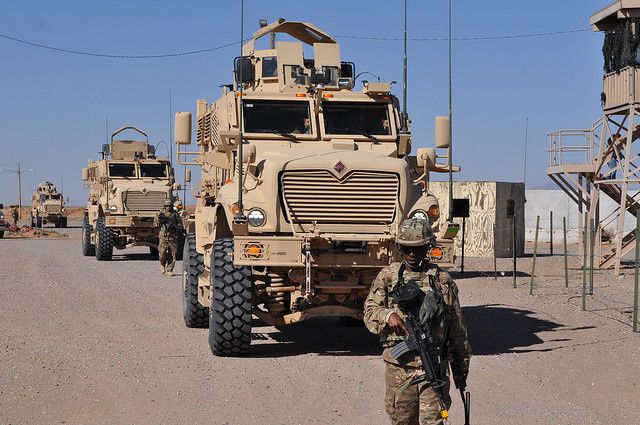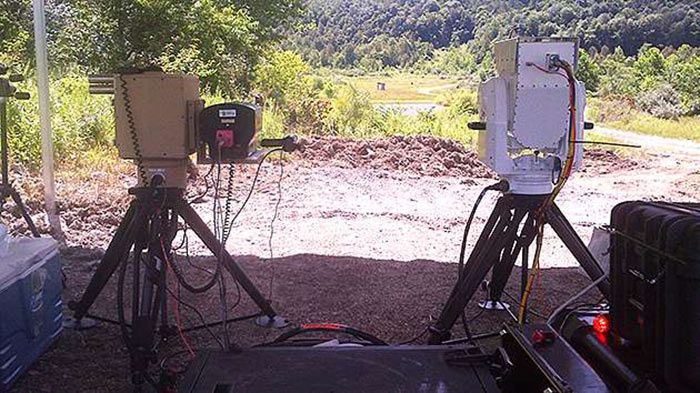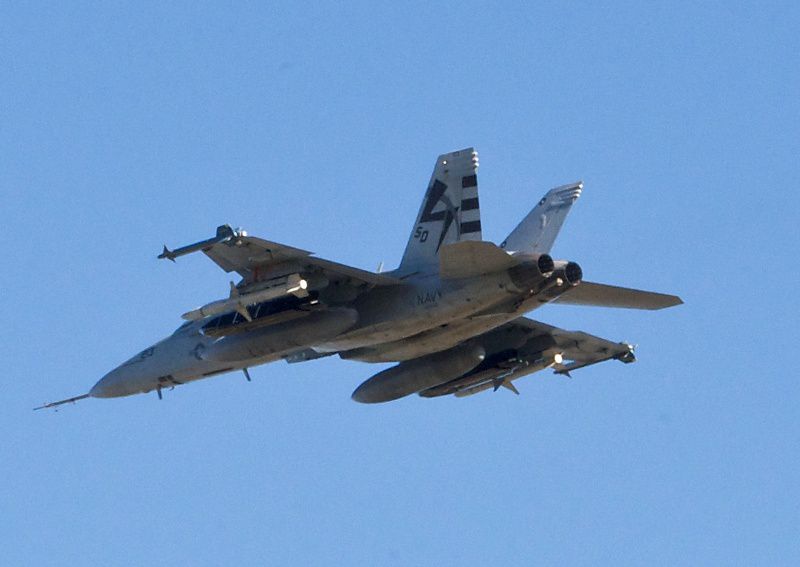December 14, 2015: Strategy page
In early December, after years of trying to justify allowing women into the infantry, artillery and armor and special operations forces, the U.S. government simply ordered the military to make it happen and do so without degrading the capabilities of these units. While the army was inclined the just say yes, find out what quotas the politicians wanted and go through the motions, some others refused to play along. SOCOM (Special Operations Command) and the marines pointed out that the research does not support the political demands and that actually implementing the quotas could get people killed while degrading the effectiveness of the units with women. This is yet another reason why many politicians do not like the marines and are uneasy about SOCOM. The commander of SOCOM promptly said the order would be implemented (otherwise he can kiss his upcoming promotion goodbye) but the Marine Corps has, as in the past, not voiced any enthusiasm at all. This decision involves about 220,000 jobs. About ten percent of these are special operations personnel, commonly known as commandos.
The special operations troops are not happy with this decision. In a recent survey most (85 percent) of the operators (commandos, SEALs, Rangers) in SOCOM opposed allowing women in. Most (88 percent) feared that standards would be lowered in order to make it possible for some women to quality. Most (82 percent) believed that women did not have the physical strength to do what was required. About half (53 percent) would not trust women placed in their unit. For these men the decision is a matter of life and death and SOCOM commanders fear that the decision, if implemented, would cause many of the most experienced operators to leave and dissuade many potential recruits from joining. Keeping experienced personnel and finding suitable new recruits has always been a major problem for SOCOM and this will make it worse.
That said there are some jobs SOCOM operators do that women can handle. One is espionage, an area that SOCOM has been increasingly active in since the 1990s because of their familiarity with foreign cultures and operator skills and discipline. Another task women excel at is teaching. Israel has long recognized this and some of their best combat skills instructors are women. But what the male operators are complaining about is women performing the jobs that still depend on exceptional physical as well as mental skills. These include direct action (raids, ambushes and such) and recon (going deep into hostile territory to patrol or just observe.) These are the most dangerous jobs and many operators are not willing to make the job even more dangerous just to please some grandstanding politicians.
This order has been “under consideration” for three years. The various services had already opened up some infantry training programs to women and discovered two things. First (over 90 percent) of women did not want to serve in any combat unit, especially the infantry. Those women (almost all of them officers) who did apply discovered what female athletes and epidemiologists (doctors who study medical statistics) have long known; women are ten times more likely (than men) to suffer bone injuries and nearly as likely to suffer muscular injuries while engaged in stressful sports (like basketball) or infantry operations. Mental stress is another issue and most women who volunteered to try infantry training dropped out within days because of the combination of mental and physical stress. Proponents of women in combat (none of them combat veterans) dismiss these issues as minor and easily fixed but offer no tangible or proven solutions.
Back in 2012 the U.S. Army and Marine Corps were ordered to come up with procedures to select women capable of handling infantry and special operations assignments and then recruit some women for these jobs. This had become an obsession with many politicians. None of these proponents of women in the infantry have ever served in the infantry, but some understood that if they proceeded without proof that women could handle the job, that decision could mean getting a lot of American soldiers and marines killed. The politicians also knew that if it came to that, the military could be blamed for not implementing the new policy correctly. That’s how politics works and why politicians are not popular with the troops.
So far the tests overseen by monitors reporting back to civilian officials in Congress and the White House have failed to find the needed proof that women can handle infantry combat. The main problem the military has is their inability to make these politicians understand how combat operations actually work and what role sheer muscle plays in success, or simply survival. But many politicians have become infatuated with the idea that women should serve in the infantry and are ignoring the evidence.
All this comes after decades of allowing women to take jobs that were more and more likely to result in women having to deal with combat. Not infantry combat, but definitely dangerous situations where you were under attack and had to fight back or die. The last such prohibition is the U.S. Department of Defense policy that forbids the use of female troops in direct (infantry type) combat. Despite the ban many women serving in Iraq and Afghanistan found themselves in firefights and exposed to roadside bombs, something that's normal for a combat zone. Because women were earlier allowed to serve in MP (military police) units and then regularly do convoy security they got some combat experience. Those convoys often included other female troops who were trained to fight back, if necessary. It was usually the MPs who did the fighting and the female MPs performed well. Several of them received medals for exceptional performance in combat. Hundreds of these female MPs were regularly in combat since September 11, 2001. This was the largest and longest exposure of American female troops to direct combat. Yet women have often been exposed to a lot of indirect combat. As far back as World War II, 25 percent of all troops in the army found themselves under fire at one time or another, although only about 15 percent of soldiers had a "direct combat" job. In Iraq women made up about 14 percent of the military personnel but only two percent of the casualties (dead and wounded). Most women do not want to be in combat but those who did get the job proved that they could handle it and knew that being in combat as an MP was not the same as doing it in an infantry unit. This experience, however, did provide proof to some that women could perform in infantry or special operations type combat.
All this is actually an ancient problem. The issue of women in combat has long been contentious. Throughout history women have performed well in combat but mainly in situations where pure physical strength was not a major factor. For example, women often played a large, and often decisive, role as part of the defending force in sieges. Many women learned to use the light bow (for hunting). While not as lethal as the heavy bows (like the English longbow), when the situation got desperate the female archers made a difference, especially if it was shooting a guys coming up and over the wall with rape and general mayhem in mind.
Once lightweight firearms appeared in the 18th and 19th centuries women were even deadlier in combat. Again, this only occurred in combat situations where the superior physical strength and sturdiness of men was not a factor. Much of infantry operations are all about the grunts (as infantry are often called) just moving themselves and their heavy loads into position for a fight. Here the sturdiness angle was all about the fact that men have more muscle and thicker bones. This makes men much less likely to suffer stress fractures or musculoskeletal injuries than women. Modern infantry combat is intensely physical, and most women remain at a disadvantage here. There are some exception for specialist tasks that do not involve sturdiness or strength, like sniping. Then there is the hormonal angle. Men generate a lot more testosterone, a hormone that makes men more decisive and faster to act in combat. Moreover testosterone does not, as the popular myth goes, make you more aggressive, it does make you more aware and decisive. That makes a difference in combat.
The main problem today is that the average load for a combat infantryman is over 40 kg (88 pounds) and men (in general) have always had more strength to handle heavy loads better than women. But in situations like convoy escort, base security, or support jobs in the combat zone the combat load is lower and more manageable for women it’s another matter. At that point there’s plenty of recent evidence that women can handle themselves in some types of combat. That said, women, more than men, prefer to avoid serving in combat units. Since 2001 American recruiters found it easier to find young men for combat units than for support jobs. It’s mainly female officers who demand the right to try out for combat jobs. That’s because the most of the senior jobs in the military go only to those who have some experience in a combat unit. But when the marines allowed 14 female marines to take the infantry officer course, none could pass and all agreed that they were treated just like the male trainees. This was not a unique situation.
Because of the strenuous nature of combat jobs (armor, artillery, and engineers, as well as infantry) there are physical standards for these occupations. The U.S. military calls it a profile and if you do not have the physical profile for a job, you can’t have it. Thus while many men are not physically fit for the infantry, nearly all women are. For example, 55 percent of women cannot do the three pull-ups required in the physical fitness test, compared to only one percent of men. Some women could meet the physical standards and be eager to have the job. But Western nations (including Canada) that have sought to recruit physically qualified female candidates for the infantry found few volunteers and even fewer who could meet the profile and pass the training. So while it is theoretically possible that there are some women out there who could handle the physical requirements, none have so far come forward to volunteer for infantry duty. A recent survey of female soldiers in the U.S. Army found that over 92 percent would not be interested in having an infantry job. Over two years of American research into the matter concluded that about three percent of women could be trained to the point where they were at the low end of the physically “qualified” people (male or female) for infantry combat. What that bit of data ignores is how many of those physically strong women would want a career in the infantry or special operations. There would be a few, but for the politicians who want women represented in infantry units this would smack of tokenism. Moreover this comes at a time when physical standards for American infantry and special operations troops have been increasing, because this was found to produce more effective troops and lower American casualties.
When the U.S. used conscription the infantry ended up with a lot of less-muscular and enthusiastic men in the infantry. Allowances were made for this, but for elite units (paratroopers, commandos) there were no corners cut and everyone had to volunteer and meet high physical standards. That made a very noticeable difference in the combat abilities of the elite unit. Now all infantry are recruited to those old elite standards and it would wreck morale and decrease the number of male volunteers if it was mandated that some less physically qualified women be able to join infantry units. This doesn’t bother a lot of politicians but it does bother the guys out there getting shot at.
Meanwhile over the last century women have been increasingly a part of the military. In most Western nations over ten percent of military personnel are female. In the U.S. military it’s now 15 percent. A century ago it was under one percent (and most of those were nurses and other medical personnel). More women are in uniform now because there aren't enough qualified men, especially for many of the technical jobs armed forces now have to deal with. In the United States women became more of a presence in the armed forces after the military went all-volunteer in the 1970s. That led to more and more combat-support jobs being opened to women. This became popular within the military because the women were often better at these support jobs. This led to women being allowed to serve on American combat ships in 1994. In most NATO countries between 5-10 percent of sailors are women, while in Britain it is 10 percent, and in the United States 16 percent.
Once women were allowed to fly combat aircraft, it was only a matter of time before some of them rose to command positions. Currently, about ten percent of navy officers are female, as are nine percent of enlisted personnel. Only 4.2 percent of navy aviators (pilots) are women, as are 6.9 percent of flight officers (non-pilot aircrew). In the air force five percent of pilots are women. Women now command warships and air combat units (including fighter squadrons). Some women, and their political supporters, want to do the same thing in the infantry and special operations. If only the physical problems could be taken care of.
Advocates for women in combat also have to worry about combat casualties and the very well documented history of women in combat. During World War II over five million women served in the military worldwide. Although they suffered fewer losses than the men, several hundred thousand did die. These women were often exposed to combat, especially when fighting as guerillas or operating anti-aircraft guns and early warning systems in Russia, Germany, and Britain. Russia also used women as traffic cops near the front line, as snipers, and as combat pilots. They (especially the Russians) tried using them as tank crews and regular infantry, but that didn’t work out, a historical lesson lost on current proponents. Women were most frequently employed in medical and other support jobs. The few who served as snipers or pilots were very good at it.
Most of the women who served in combat did so in guerilla units, especially in the Balkans and Russia. The women could not haul as heavy a load as the men but this was often not crucial, as many guerillas were only part-time fighters, living as civilians most of the time. Full time guerilla units often imposed the death penalty for pregnancy, although the women sometimes would not name the father. That said, guerilla organizations often imposed the death penalty for a number of offenses. The guerillas had few places to keep prisoners and sloppiness could get a lot of guerillas killed. The women tended to be more disciplined than the men and just as resolute in combat.
In the last century there have been several attempts to use women in ground combat units, and all have failed. When given a choice, far fewer women will choose combat jobs (infantry, armor, artillery). But duty as MPs does attract a lot of women, as do jobs like fighter, bomber, helicopter pilots and crews, and aboard warships. That works.
Meanwhile the casualty rate for women in Iraq was over ten times what it was in World War II, Vietnam, and the 1991 Gulf War (where 30,000 women served). A lot of the combat operations experienced by women in Iraq involved base security or guard duty. Female troops performed well in that. These were jobs that required alertness, attention to detail, and ability to quickly use your weapons when needed. Carrying a heavy load was not required. In convoy operations women have also done well, especially when it comes to spotting, and dealing with, IEDs (roadside bombs and ambushes). Going into the 21st century, warfare is becoming more automated and less dependent on muscle and testosterone. That gives women an edge, and they exploit it, just as they have done in so many other fields.
Now the military has been ordered to just make it happen. No need to find a way to justify allowing females in the infantry and special operations troops. An order has been given. After that comes the difficulty in finding women who are willing to volunteer and pass whatever standards survive.


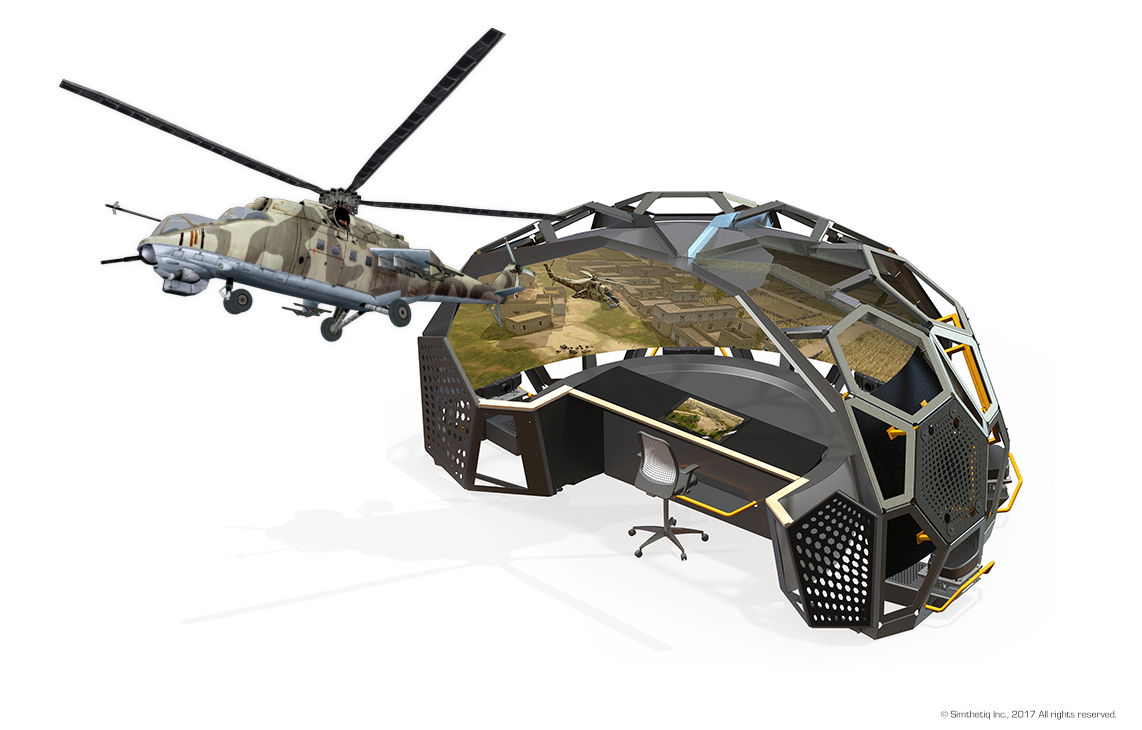



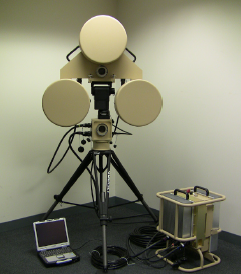



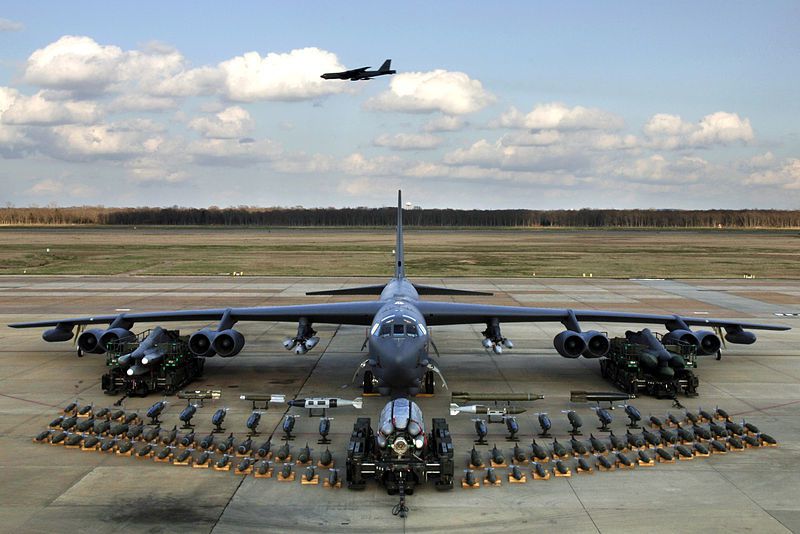

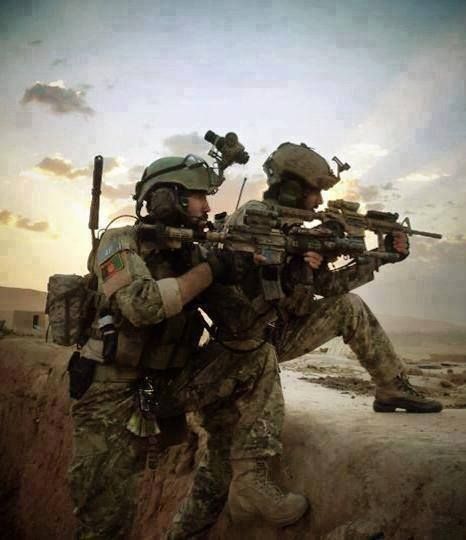





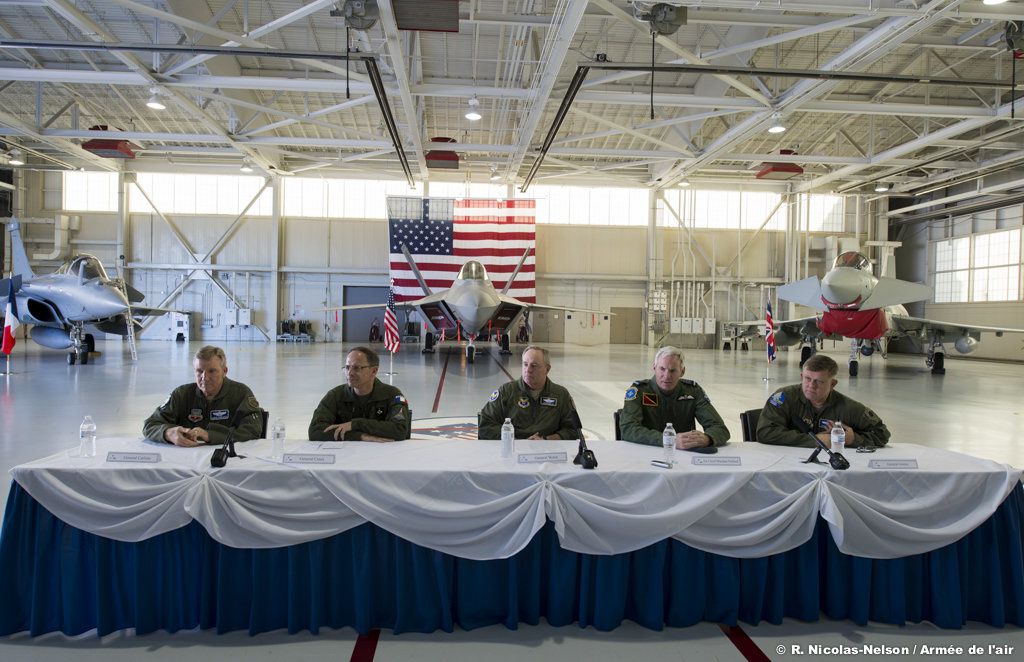
/image%2F0547456%2F20151216%2Fob_a745a7_le-general-creux-a-la-rencontre-des.jpg)
/image%2F0547456%2F20151216%2Fob_00dcab_le-general-creux-s-adresse-aux-jou.jpg)
/image%2F0547456%2F20151216%2Fob_1627bc_local-des-operations-ddf-deploya.jpg)
/image%2F0547456%2F20151216%2Fob_f85711_presentation-dynamique-du-f22.jpg)

